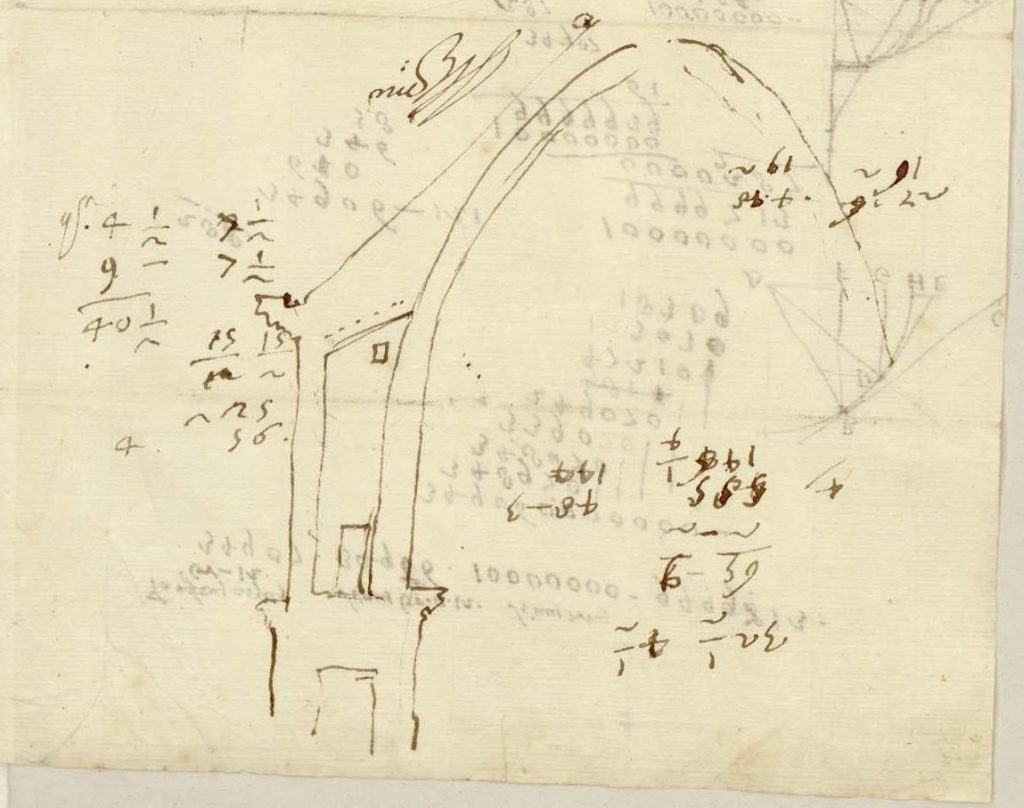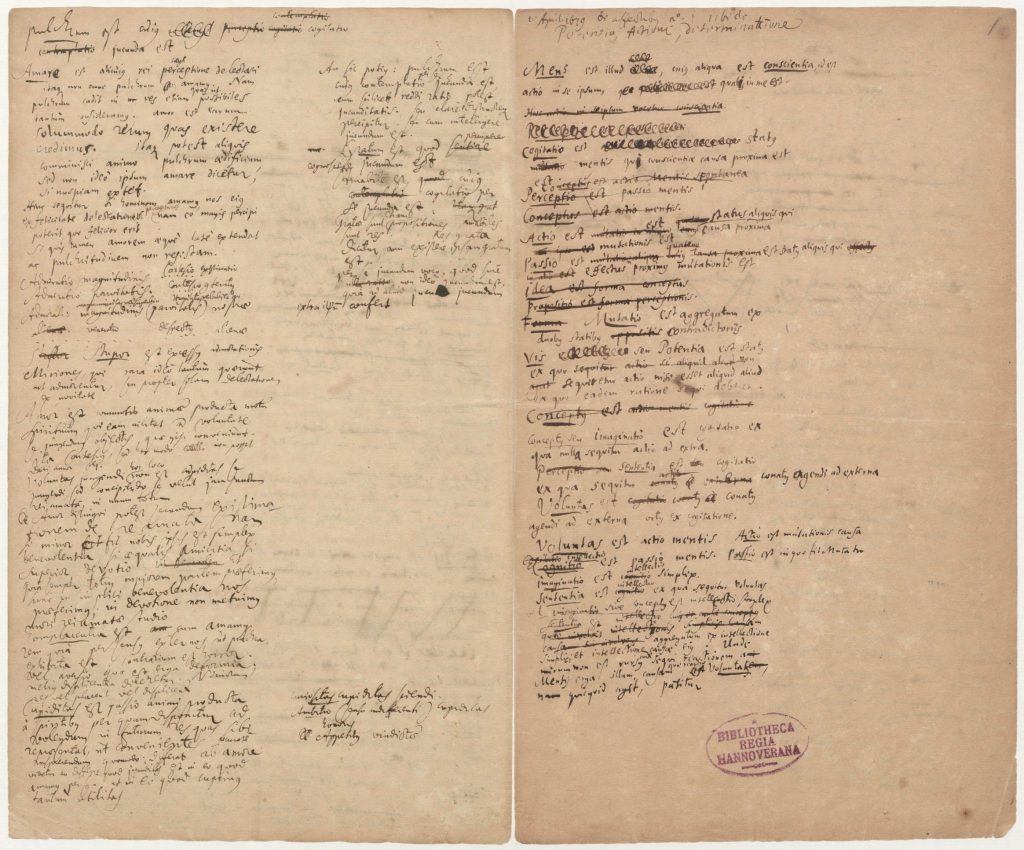PAST EVENTS

In early modern Europe, drawing by hand was one of the most powerful tools for engineers, mathematicians, and artists alike. In two recent publications, Simon Dumas Primbault enquires about the role and practice of said “epistemic images” at the crossroad of mathematics, and the pictorial and mechanical arts in late seventeenth-century Italy. Named after Michelangelo’s saying, “Le compas dans l’œil” is a thorough case study of how Galileo’s last disciple, the engineer Vincenzio Viviani, made use of Florentine disegno — as a practice, discipline, and epistemology —, to mathematize Brunelleschi’s cupola that was then believed to be collapsing. In a briefer encyclopedia entry entitled “Epistemic Images in Early Modern Mixed Mathematics” Simon surveys more broadly, from depicting to modelling, the many kinds of drawings, sketches, and schematics used in the practice of mixed mathematics.

In his latest publication, as part of a special issue of Society and Politics on early modern automata directed by Stefano Gulizia, Simon Dumas Primbault conducts a detailed material study of Leibniz’s unpublished treatise De Affectibus (1679). Unearthing the structural analogy that binds together Leibniz’s computational ontology and his combinatorial ink-and-paper practices, Simon shows that the philosopher’s conceptual mechanization of cognition is materially dependent on a practical automation of reasoning on paper. This contribution is a genuine plea for a media-historical reading of Leibniz‘s working papers.